Through May, we’ve teamed up with Orvis to raise money to restore two miles of brook trout stream habitat on Bolton Branch in Rappahannock County. Receive a $10 store coupon when you donate $10 or more at the register in any of the four NoVA locations: Leesburg, Arlington, Tysons and Woodbridge. Your gift will be matched dollar for dollar up to $10,000!
Restoring Wildlife Habitat
Whether you live in urban, suburban or rural areas, you can make a positive impact on surrounding fish and wildlife populations. Our web resources are intended to give you the tools to manage your Piedmont lands and waters for greater biodiversity, productivity, and environmental quality.
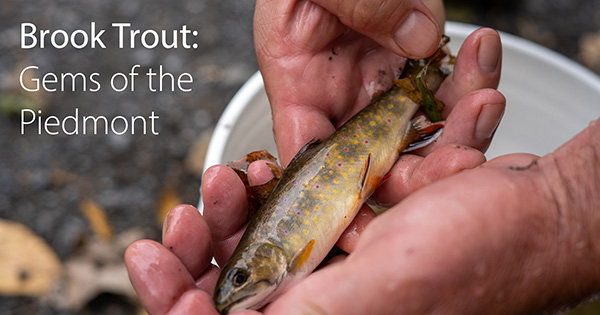
Brook Trout: Gems of the Piedmont Webinar + Resources
On April 29, 2021, the National Sporting Library & Museum held a public webinar with staff from PEC about the the work being done to restore habitat for the brook trout. Check out the recording below, as well as a list of helpful resources. Check out more of NSLM’s events on their website at nationalsporting.org.
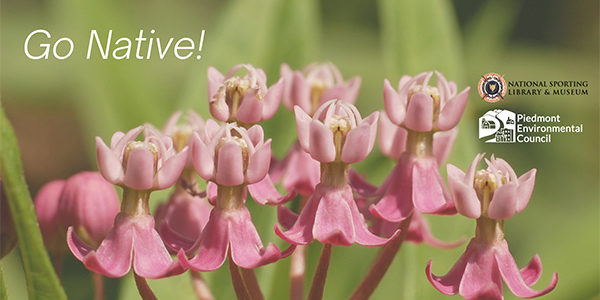
Go Native Webinar + Resources
On March 11, 2021, the National Sporting Library & Museum held a public webinar with staff from PEC about the importance of using native plants in our landscapes.
We Hope You Can Join Us
I’d like to take a minute this week to highlight three upcoming events geared towards PEC members and supporters.
- Thurs, March 11: Go Native!
- Tues, March 30: PEC Quarterly Keynote featuring Mike Curtin (CEO of DC Central Kitchen)
- Thurs, April 29: Brook Trout: Gems of the Piedmont
March is our Membership Month, a time of year when we celebrate our current members and encourage others to join or renew! Learn more and sign up to attend!
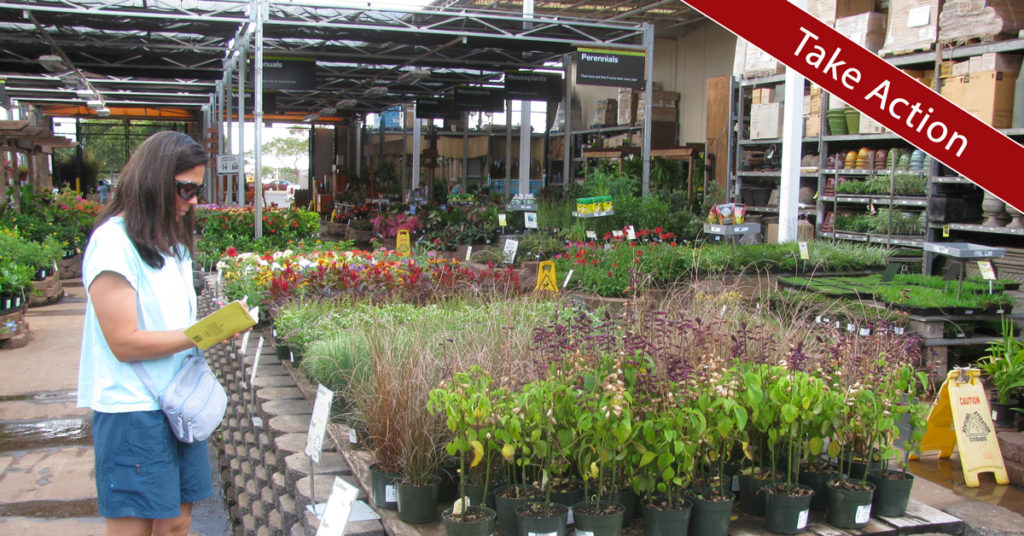
Action Alert: Study on the Sale of Invasive Plants in Virginia
Contact your legislators now and ask them to vote for legislation which will help guide Virginia in controlling the sale of invasive plants.

Fauquier Habitat goes native around Haiti house
Fauquier Habitat for Humanity has gone “green” with construction and landscaping of its 55th home. Last week, 15 volunteers and staff members transformed the Warrenton home’s small yard into vibrant, low-maintenance landscape with 217 native plants.
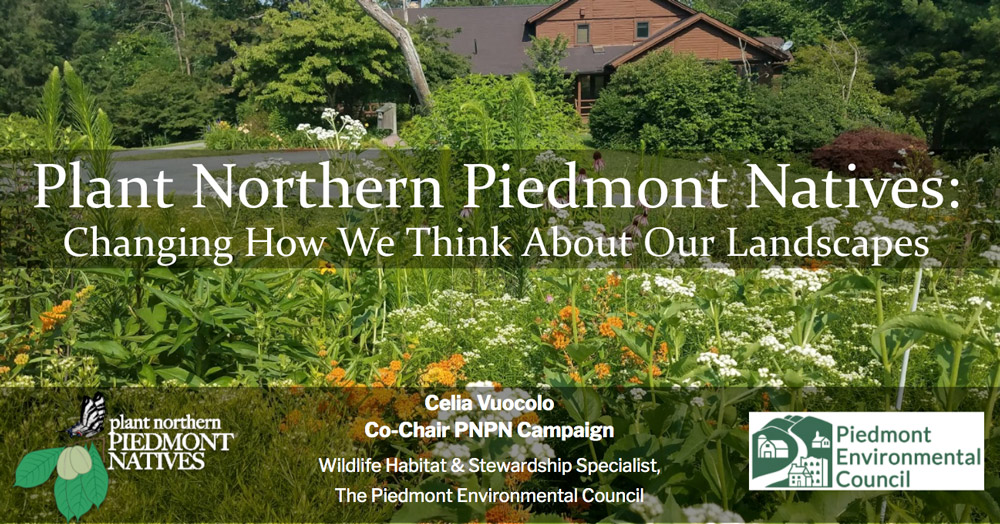
Online Event: Plant Northern Piedmont Natives – Changing How We Think About Our Landscapes
On October 20, 2020 PEC’s habitat & stewardship specialist, Celia Vuocolo, gave a virtual presentation about the Plant Northern Piedmont Natives Campaign.
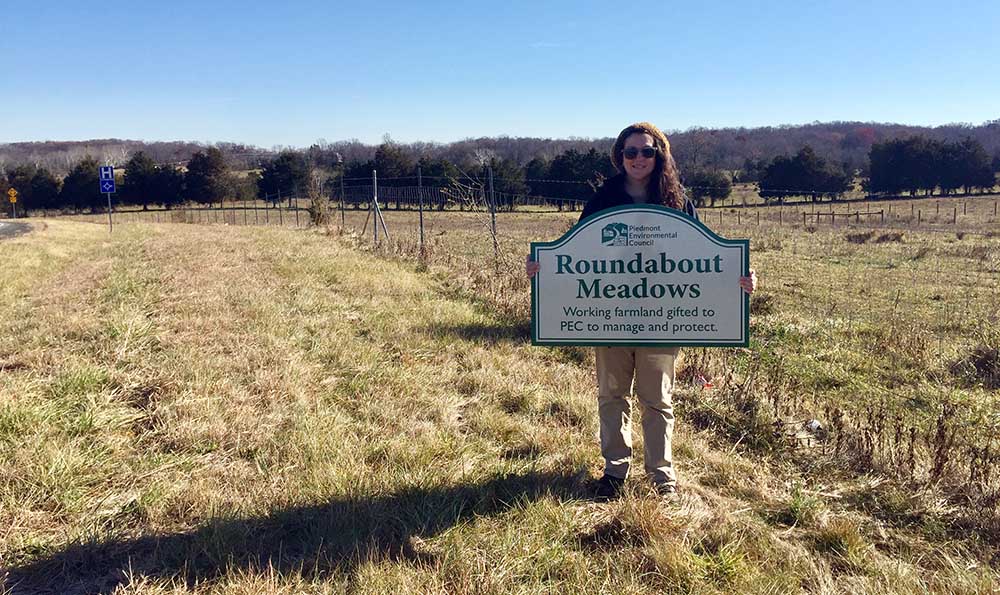
George Mason University students to survey Roundabout Meadows vegetation
George Mason University plant ecology students are helping The Piedmont Environmental Council measure the success of our wetlands restoration effort at Roundabout Meadows. With a grant from the Virginia Native Plant Society, the students are establishing a baseline dataset by collecting and identifying all plant species there.
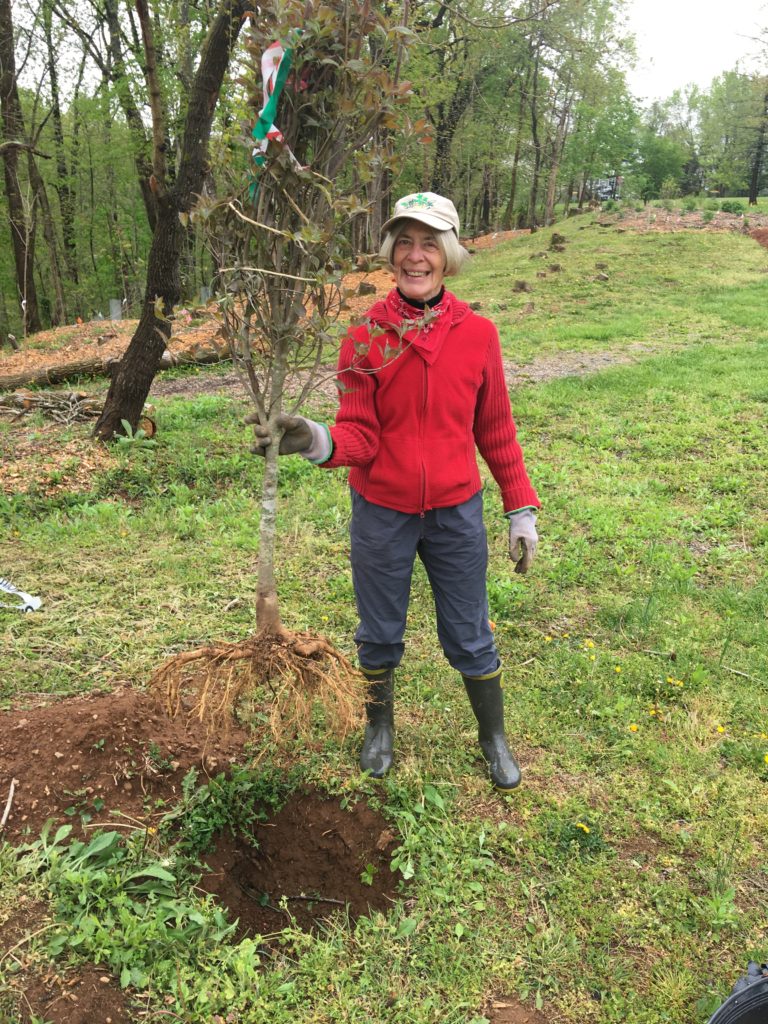
The Little Park that Could
Along the Rush River in the town of Washington, just a few miles east of the Shenandoah National Park, the 7.3-acre Rappahannock County Park is best known by locals for its pirate-ship playground, skate park, tennis courts, and picnic area. But, it has also come into focus recently for its natural beauty.
July at the Piedmont Memorial Overlook
The native flower meadow our Piedmont Memorial Overlook property is almost at peak bloom!
This 50-acre property, which has one of the best views in Northern Virginia, is publicly accessible via Sky Meadows State Park. It’s a one-way 1.6-mile hike there via the Ambassador Whitehouse Trail, but many people make it a 4.6-mile loop that includes a stretch of the Appalachian Trail.
